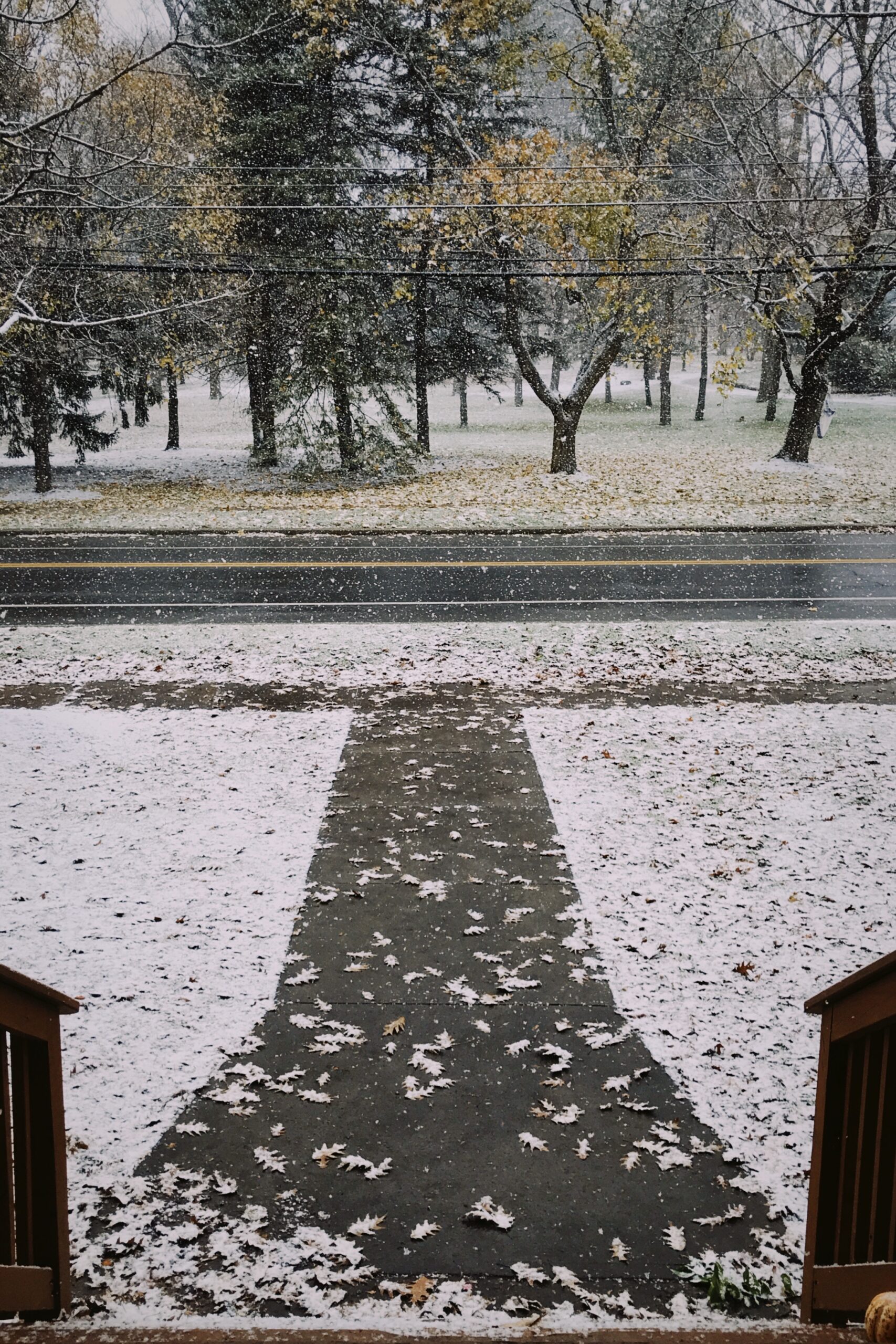On a fateful Monday morning last February, I was walking out of my dorm to go to my first class, which was French 102. I hadn’t checked the weather that morning nor was I awake enough to presume that the walkways would be completely iced over. To my dismay, they were. I took a few confident steps out the door of Sykes, gearing up for my day and next thing I know, I was on the ground. Unfortunately, I fell right when the morning class traffic was passing by my dorm, so about 20 people saw me fall. In hindsight, most of them probably forgot within a few minutes — and only some would remember enough to tell their friends later — but the feeling of all eyes on you — whether they were or not — is mortifying. Luckily, I didn’t see any mentions of my fall on Yik yak. I got up and decided that this fall was a sign from somewhere that I was not meant to be in class that day. I got up, turned around, and went right back inside to my dorm room.
Why am I telling you this? Not because I find this story hilarious, which I do, but because it is an example of one of many times a student has fallen on campus due to iced over pathways. “Just today, I slipped twice.” says Taiyara Nudrat ’26. In my case, I was able to get up, walk away and laugh it off later with my friends. I have never heard of or seen any stories at St. Lawrence where someone fell hard enough on ice that they were seriously injured, but that doesn’t mean it could never happen. Our campus is already inaccessible enough but throwing ice into that equation certainly does not help. How can we expect students to get to class safely, especially if they have a disability?
There are many solutions to these problems, but they all come at some sort of cost. One solution is heated pathways, which many schools have already implemented. New York state’s very own Syracuse University has heated pathways as well as other procedures for snow and ice removal. The main hurdle for SLU is that we are 11 million dollars in debt, so that may not be the best option for us — cost or time wise — as installing these pathways would take a considerable amount of time. But good news, we do have a 24-hour pizza vending machine that costs us over $100,000! These heated pathways should not be completely out of the question, as they would reduce injuries and make campus more accessible to students and the greater Canton community. It would also be a more permanent solution to snow and ice maintenance than salting and would reduce the burden on facilities.
On the topic of salting, it only seems to be effective for a short time. Salting is easier and cheaper in theory, but when the salt is no longer on the pathways and gets tracked into buildings and dorms, it is rendered useless. “It’s always all over my room, in hallways and on my shoes, but it never seems to be on the ground” says Skylar White ’26. This then creates a bigger demand for salt, which is not necessarily good for anyone. According to the Environmental Protection Agency, using salt to de-ice leads to erosion of the pavement outside and floors inside, contamination of waterways and endangerment of local wildlife.
Is there a quick fix to our winter-long problem of ice and the risks that come with it? No. Am I the expert when it comes to snow and ice management? Also no. All the experience I have in this field is a bruised ass and an even more bruised ego. This problem is not unique to SLU and there are solutions that other schools have sought out that should be considered, for the safety of all who want to enjoy our beautiful campus.



